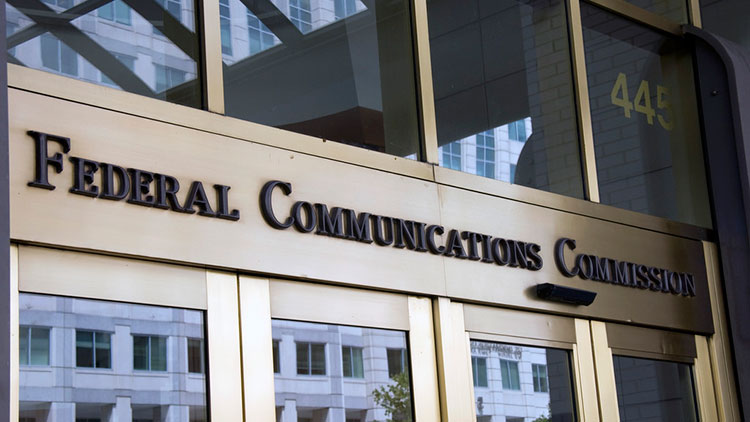FCC To Vote on ATSC 3.0 Nov. 16

The FCC has released its tentative agenda for the Nov. 16 public meeting, and it is a doozy, including not only broadcast deregulation but a vote on approving the voluntary rollout of the ATSC 3.0 next gen broadcast transmission standard, opening up spectrum in the 5G band, reforming the Lifeline program yet again, speeding the retirement of copper networks in favor of fiber and seek input on doing away with the cable form 325 ("network structure, system-wide capacity, programming, and the number of subscribers") reporting requirement.
Pai has made a point of highlighting how much he is getting done. In his written testimony for this week's House FCC oversight hearing, he pointed out that "over the past nine months, we have voted on 63 items at our monthly meetings under my chairmanship, compared to 102 in three years under my predecessor."
In addition to the media ownership item, the ATSC 3.0 vote is probably the next-most-looked-for decision.
The standard is still years from a widespread rollout, but the countdown has officially begun.
It is not backward compatible, so broadcasters will have to simulcast in the current 1.0 during the transition. MVPDs must continue to carry ATSC signals but don't have to carry the new 3.0 signals.
ATSC 3.0 is the new broadcast transmission standard that will allow TV stations to do video on demand, other interactive services, provide 4K video, and more.
But the proposal to rein in Lifeline communications subsidy funds where the chairman says it is being overpaid, will also draw a crowd. The FCC is proposing to limit the enhanced Tribal subsidy to those folks actually living on rural Tribal lands, as well as eliminating the prohibition on changing service providers for a year.
The smarter way to stay on top of broadcasting and cable industry. Sign up below
In fact, it was already drawing some blowback.
"Intended initially as a mechanism to reduce the cost of phone service for low-income customers, the bipartisan Lifeline program has worked in lockstep with telephone providers and consumers to increase the uptake in phone service throughout the country and has kept pace with changes in technology as the U.S. moved from a wireline world to one where the number
of mobile devices and services now exceeds the population to a recognition that broadband internet is an essential communications service," said Benton Foundation executive director Adrianne B. Furniss.
"Unfortunately, Chairman Pai’s proposal turns America’s back on our commitment, enshrined in law, to make sure world-class telecommunications are available and affordable for all. By nick and hack, Pai is gutting the only Universal Service Fund program that directly benefits consumers instead of carriers. His changes will mean fewer low-income households are served by fewer competitive options."
Furniss says the FCC should at least do an economic impact study first, something Pai criticized the previous FCC for failing to do.
The FCC's Nov. 16 agenda also includes an order to eliminate historic preservation reviews for utility poles replaced by substantially identical poles, an effort to speed wireless broadband buildouts.
Contributing editor John Eggerton has been an editor and/or writer on media regulation, legislation and policy for over four decades, including covering the FCC, FTC, Congress, the major media trade associations, and the federal courts. In addition to Multichannel News and Broadcasting + Cable, his work has appeared in Radio World, TV Technology, TV Fax, This Week in Consumer Electronics, Variety and the Encyclopedia Britannica.

